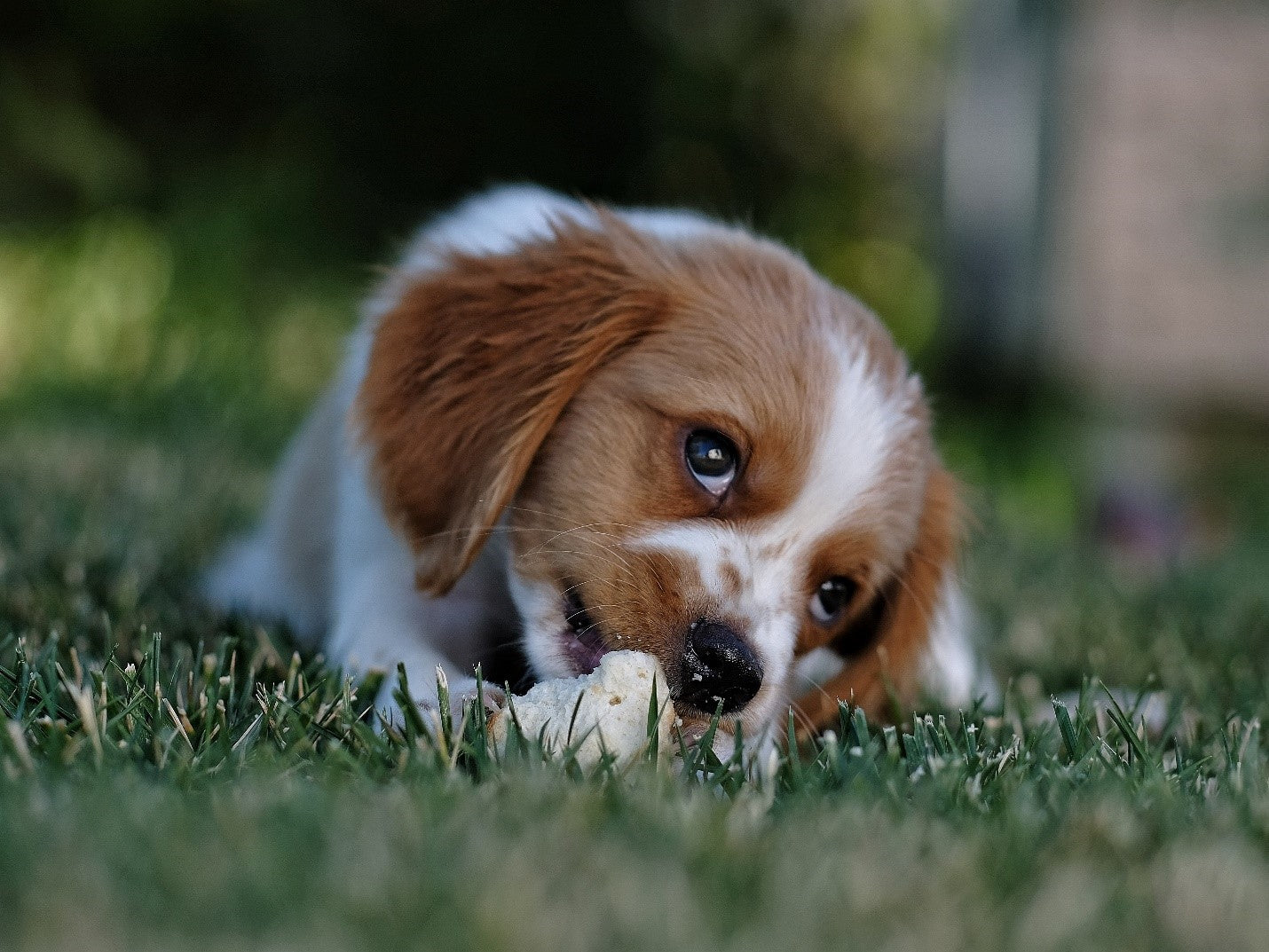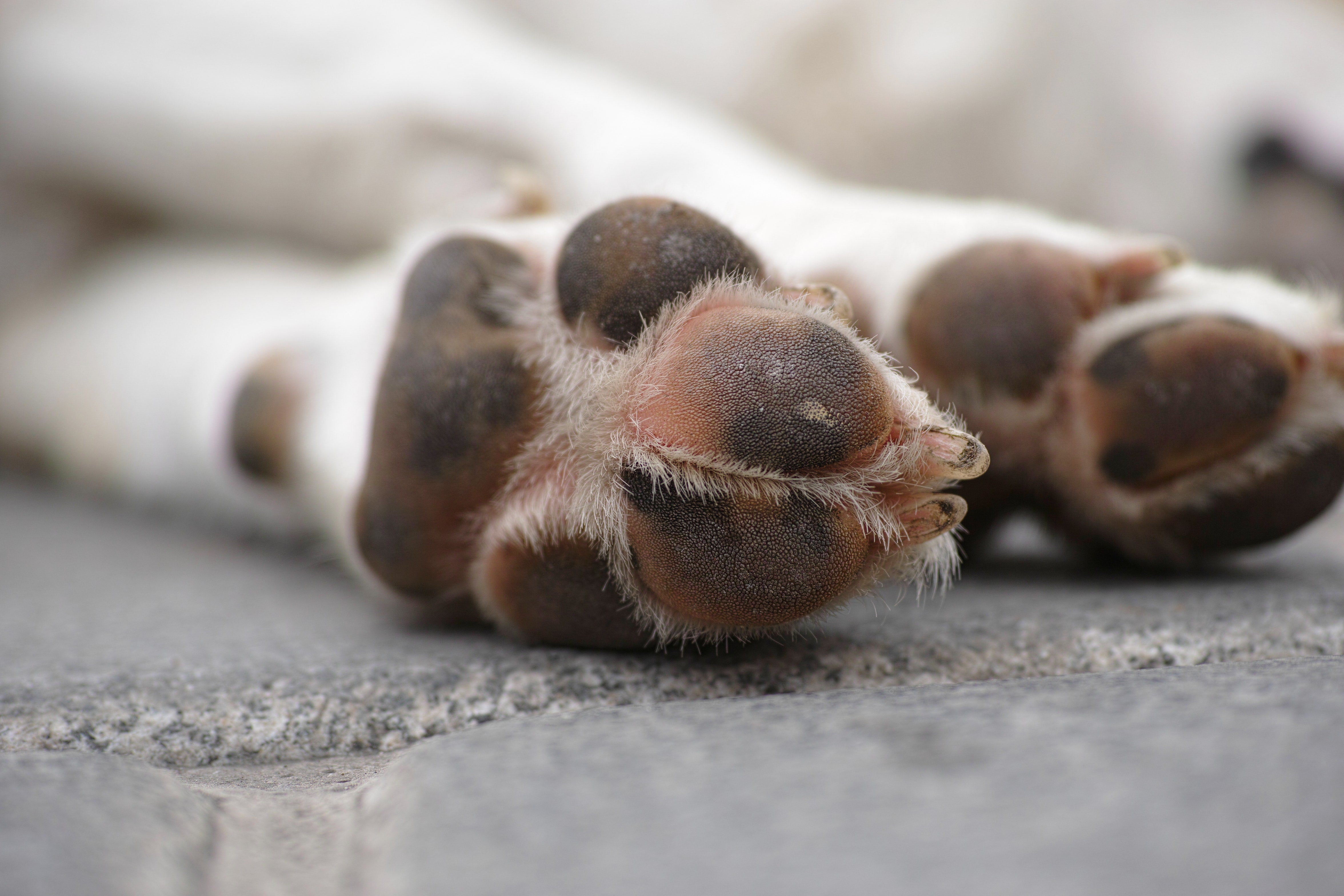Red eye stains, among some dogs, is common. There are many things that contribute to this problem. From your pet’s water, environment and even their genetics to name a few. Any pup can be susceptible to watery eyes, but certain coat colors and breed are more likely to become affected by the undesirable tear stains.
Today we will discuss causes and tips for managing eye staining with your dog. So read on to learn more about how to keep your dog's eyes clean and tear stain-free.
Causes of Eye Staining
There are several causes for eye stains in dogs but usually the cause is on a list of repeat offenders. Here are some to take note of:
Diet
A good diet with balanced nutrition, like Health Extension Pet Food, is essential for your pet’s overall health and happiness. By including things like pre and probiotics you are helping avoid a buildup of yeast on the skin interacting with tears. Ultimately, this can lead to infections near the eyes to develop and linger unnecessarily.
Genetics
Genetics can be another source for these unsightly stains in your pooch. This is especially prevalent in dogs with short snouts and most obvious in those that have lighter fur. Some breeds are more apt to have this genetically predisposed condition, here are a few:
- Maltese
- Poodle
- Bichon Frise
- Shih Tzu
- Pekingese
- Pug
- Lhasa Apso
- Frenchie
“Epiphora” is a condition, genetically transferred from parents, causing insufficient drainage of the dog’s tears, and an overflow of runny eyes on the dog’s face. Often causing odor and prone to infection as it is an open door for bacteria and is genetically transferred from parents.
“Porphyrins” are compounds in dog tears, and saliva. These porphyrins are pigments found in red blood cells and when left on white fur or exposed to the sun, can turn that fur reddish brown in time and as such become difficult to clean or remove. Also, genetically transferred from the parents.
All health issues should be explored by your veterinarian to ensure the proper care for your dogs’ individual needs are met.
Environmental
Pay attention to your pet’s environment and identify if staining is more prevalent during allergy seasons. Something as simple as an air purifier may offer relief during this time. Often things like air fresheners or scented candles can cause tearing to start as well. Also consider the family dynamics, a move, or stress in the home can also induce adverse health issues in your pet.
Clean Water & Bowls
Your dog’s water can be a cause of staining. Tap water contains elements that are not necessarily good for humans or dogs. Minerals such as iron, chemicals and other elements can be a source for tearing.
Offering filtered, bottled, or distilled water is a quick and easy start to helping prevent further tearing and discoloration.
Dogs’ bowls get dirty, fast! Stainless steel is the most hygienic option, but any dish should be thoroughly and frequently washed. You also want to change their drinking water often. Bacteria rests in their mouths and faces, contaminating their bowls and increasing the chance of infection. It is never recommended to let your pet drink old, dirty, or standing water.
Tips for Preventing Eye Staining
In general, proper pet care is the best for the maintenance for preventing of eye stains. Making sure they have proper nutrition, limited exposure to toxins, clean eyes and regular grooming can help to manage your pet’s overall health along with the tearing problem. Here are some specific tips:
Vet Visits
Seek the advice of your veterinarian to eliminate health issues first. This will help you identify what is happening along with any health conditions that may need treatment. Your vet can also help to identify if the tear stains derive from genetics, especially if you know the parents of your pet had the same problem.
Hygiene and Grooming
Make sure to gently wash the eye area twice a day with a soft damp cloth to remove any built-up of tears, dirt, or hair near the eyes. Keep hair around the eyes short – long hair can irritate the eyes creating more tearing.
A saline solution can help to flush out the tears, and it can also help to reduce any inflammation. You can buy a saline solution from your local pet store, or you can make your own at home. (Simply mix one teaspoon of salt with eight ounces of warm water and pour it into a spray bottle.) The area must be kept dry following this process. Any increased moisture will only increase the stains and chance of infection.
Supplements
Adding a probiotic and or high-quality vitamins to your pets daily feeding routine, can help prevent health issues including yeast and bacterial infections may be lurking around. It – offers support to their immune system while helping fight symptoms during allergy season.
Conclusion
We know you how much pet parents love their fur babies and seeing red tear stains may take away from how adorable their sweet faces are. Talk to your vet and try some of these tips; you will notice some quick improvements. But remember to be patient! Once the cause is resolved or at least reduced, the old, stained hair needs to grow out before you will see the final results.



